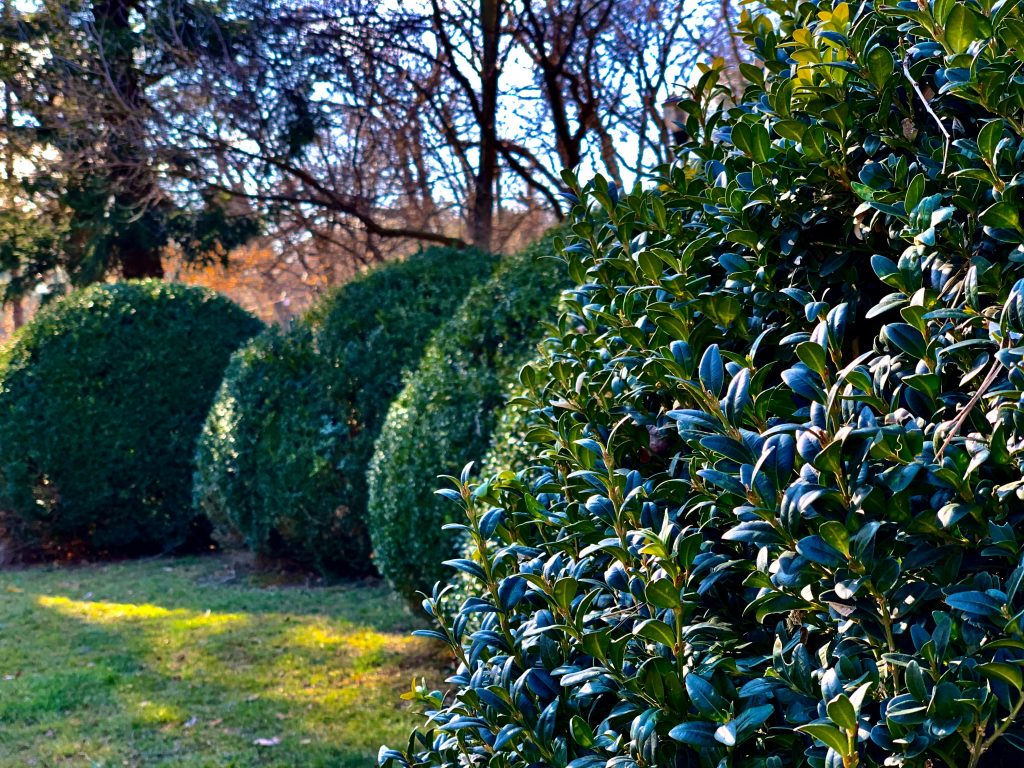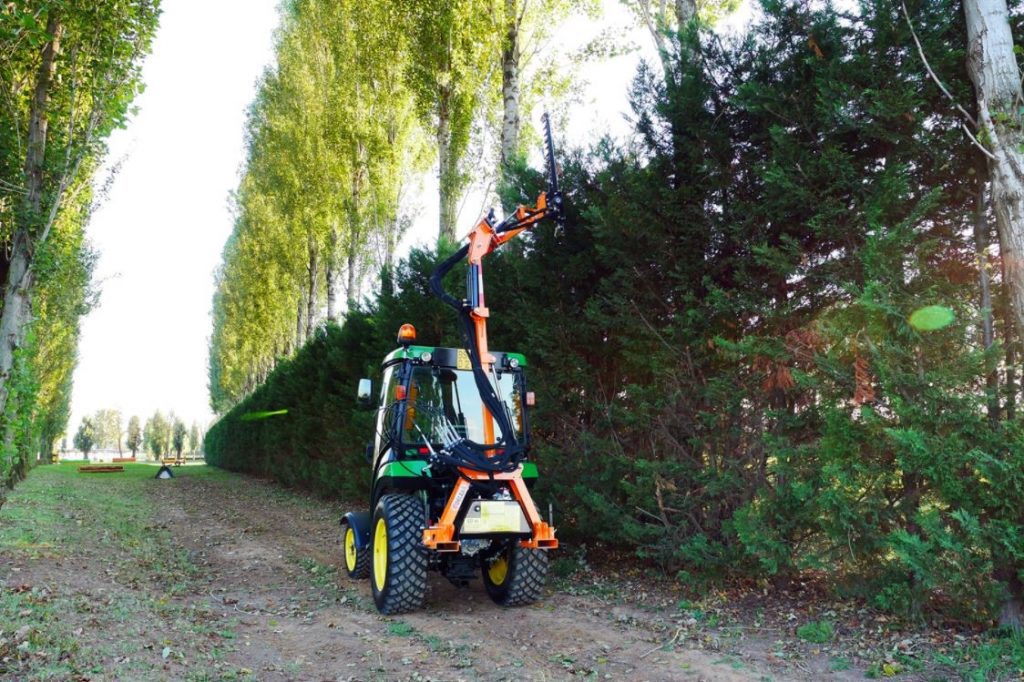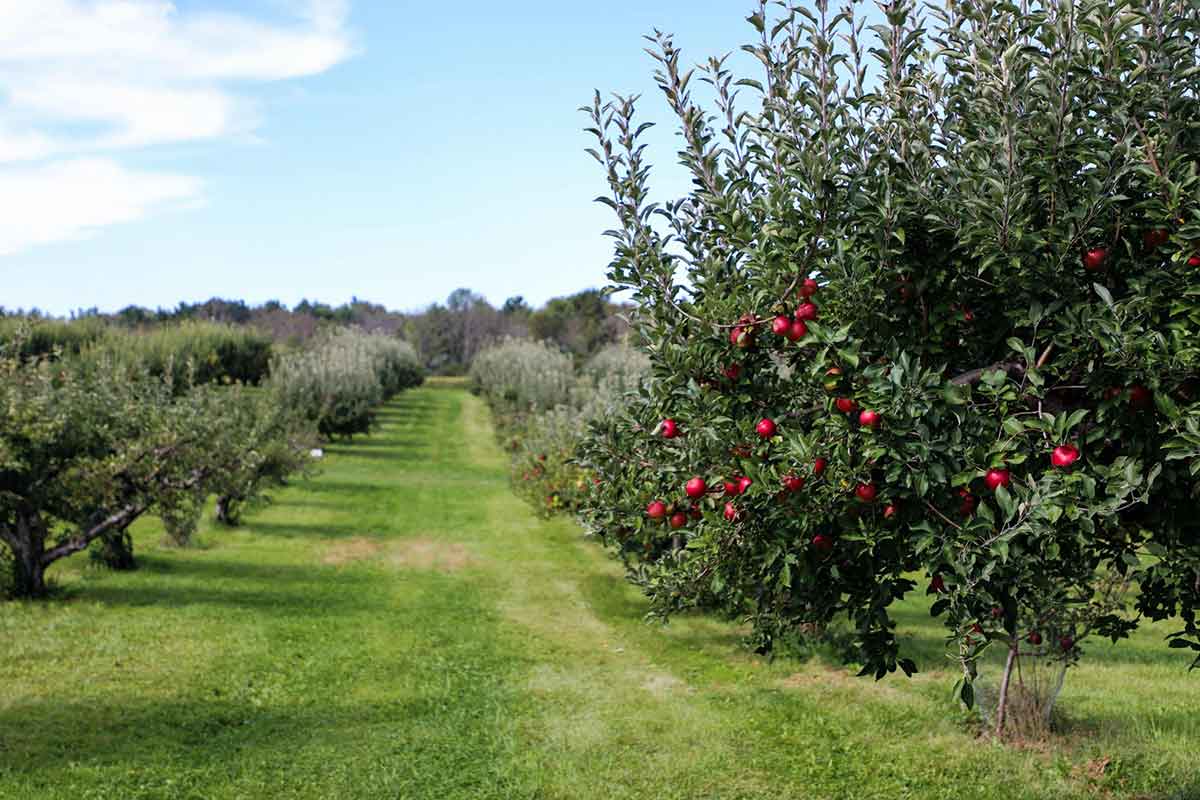Hedges and bushes can react badly to being moved, if not done carefully. Prevent the loss of these plants with this guide from the best time to prepare and transplant them, to how to care for them after moving.

Timing Is Key
Planning to move a hedge or bush will need to completed well in advance. If you wish to prune the roots before the move, this will need to be done a year in advance for mature plants, and in the spring before an autumn move for younger plants. Most plant varieties prefer to be moved during their dormant season, usually between late October and mid-March, though this can vary. Therefore, it is best to research the best time to move your specific species.
You will, however, need to be a bit flexible with the exact day. It is not advisable to attempt to move a plant during a particularly dry spell, as digging it up and digging the new hole will be incredibly hard work. It may also lead to root damage, and will make the hedge’s settling-in period more difficult. For the same reasons, moving plants during cold, frosty snaps is not the best idea.

Location, Location, Location
The new location for your hedge or bush is also vital. You should aim for as similar conditions to the plant’s previous position as possible, as this it will be less likely to thrive in its new place. Things to consider are how much sun the spot gets throughout the day and when, moisture in the soil, and the surrounding plants. The latter is important because if the surrounding plants need a lot of water, and the plant you wish to move does not, then it will not be happy there.
The hole you dig can be just as particular to the plant variety was its position. For larger holes, a tractor-mounted backhoe could be ideal. For most plants, the hole will need to be dug deep enough to cover the roots, and twice the width of the root ball. Roses like to be transplanted slightly above ground level, and other plants may have similar preferences, so it is important to check this before digging the hole. When the plant is in the hole, spread the roots out as much as possible, but resist the urge to break up the soil at the bottom of the roots. This can cause the bush to sink and encourage rot on the roots.

Tips and Tricks
Drenching the soil with water before transplanting the hedge or bush will ensure that it has enough water to survive when it has been moved. This will also soften up the soil prior to digging. However, you do not want the soil to be waterlogged, so water the soil enough for it to be moist, but not flooded.
Pruning before the move can aid in the hedge or bush’s recovery, perhaps using a hedge trimmer. Never cut more than 20% of the hedge at one time, but remove all the dead leaves and branches, as well as pruning it back as after as possible. If you need to cut the roots, do so as sparingly as possible, and using sharp secateurs, as these will cause the least damage. While transporting, wrap the roots in sacking. An agricultural tipping trailer, tipping transport box, or pallet forks could be ideal for moving it from A to B. A compact tractor with a front loader can be used to move the bush into position, but also for the excavation.
For the best results, mix the soil with compost when burying the roots. This will give the plant all the nutrients it needs to thrive in its new home. Once it has been planted, water the hedge well, and continue to water every couple of days until it has taken. For an extra nutritional boost, you can add wood chips, perhaps from a Winton Wood Chipper, or grass mulch from our range of Winton flail mowers.
The task of uprooting and moving a hedge or bush can seem daunting, but it doesn’t need to be. With the right preparation, and this quick guide, it is simple to move your hedges and be sure that they will thrive.








